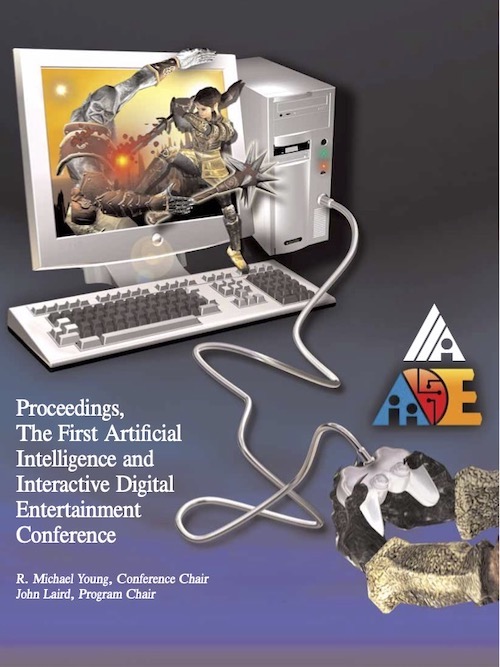Agent Architecture Considerations for Real-Time Planning in Games
DOI:
https://doi.org/10.1609/aiide.v1i1.18724Abstract
Planning in real-time offers several benefits over the more typical techniques of implementing Non-Player Character (NPC) behavior with scripts or finite state machines. NPCs that plan their actions dynamically are better equipped to handle unexpected situations. The modular nature of the goals and actions that make up the plan facilitates re-use, sharing, and maintenance of behavioral building blocks. These benefits, however, come at the cost of CPU cycles. In order to simultaneously plan for several NPCs in real-time, while continuing to share the processor with the physics, animation, and rendering systems, careful consideration must taken with the supporting architecture. The architecture must support distributed processing and caching of costly calculations. These considerations have impacts that stretch beyond the architecture of the planner, and affect the agent architecture as a whole. This paper describes lessons learned while implementing real-time planning for NPCs for F.E.A.R., a AAA first person shooter shipping for PC in 2005.

